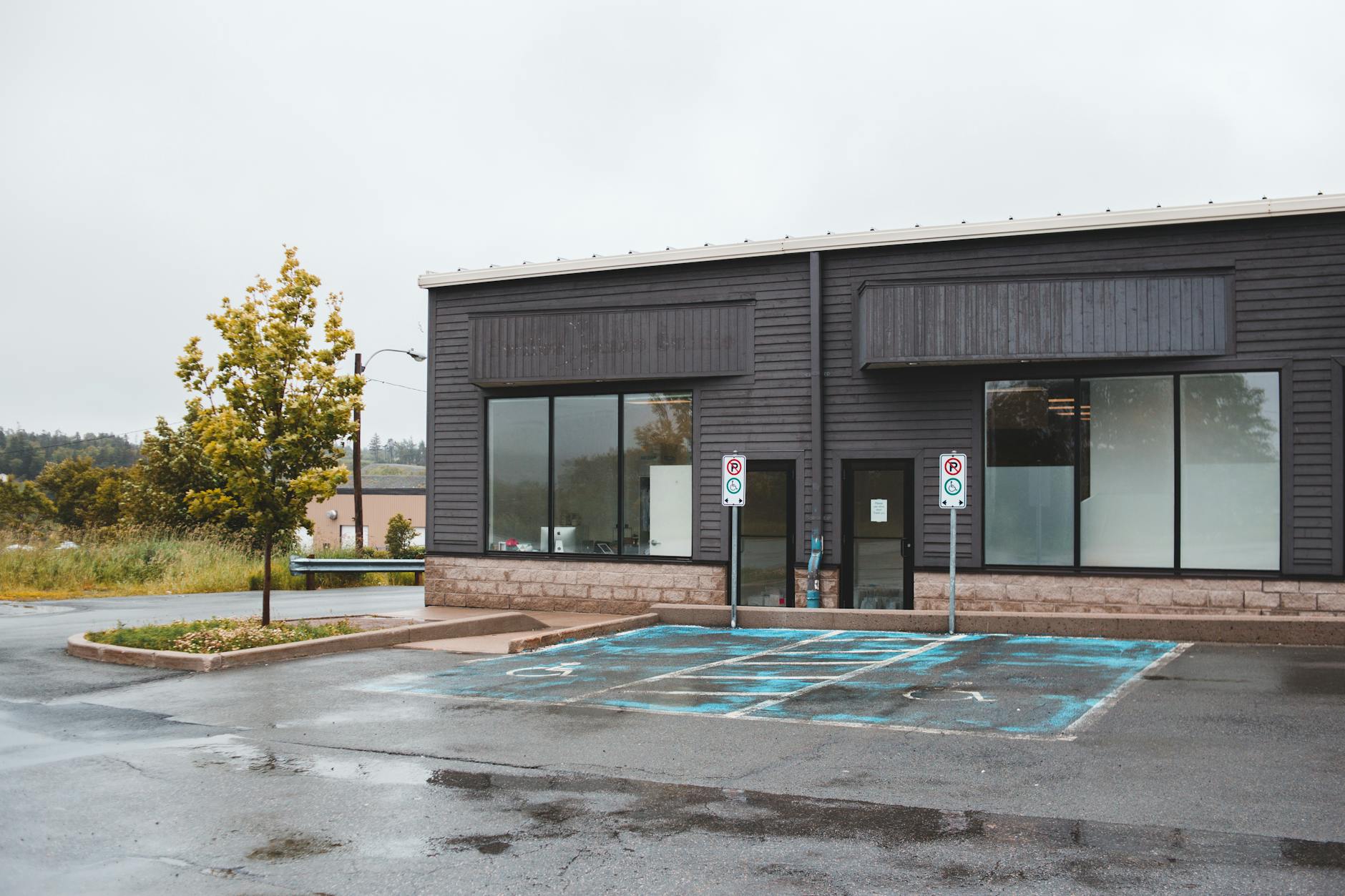How to Navigate Commercial Real Estate Listings for Retail Spaces
Navigating commercial real estate listings for retail spaces can be a complex process, especially for those new to the commercial property market. Retail spaces come with unique requirements compared to other commercial properties, such as factors related to location, foot traffic, zoning, and lease terms. Understanding how to effectively sift through listings is essential for finding a space that aligns with your business goals and budget. This article will guide you through the key steps to take when searching for retail spaces, from defining your needs to analyzing listings critically and negotiating lease terms. By the end, you’ll have a clearer strategy to approach commercial real estate listings and find a retail location that supports your long-term success.
Understanding your business needs and target market
Before diving into commercial real estate listings, it’s crucial to have a clear picture of your business requirements and customer base. Start by identifying:
- Space requirements: Consider the square footage needed for your merchandise, customer flow, storage, and staff areas.
- Location preferences: Proximity to your target customers, such as shopping districts, malls, or neighborhood centers, can significantly impact sales.
- Zoning regulations: Ensure the spaces you consider are zoned for retail use, which can vary widely by municipality.
- Accessibility and parking: Both customer and employee access can influence your choice, affecting convenience and attractiveness.
Knowing these factors upfront will help you filter listings more efficiently and focus on spaces that actually meet your operational and strategic needs.
How to effectively read and evaluate listings
Commercial listings often include a variety of details such as price, size, location, and lease terms, but they can sometimes be vague or use jargon. When reviewing listings, pay particular attention to:
- Rent structure: Understand if the price quoted is gross rent, net rent, or includes additional expenses like maintenance and taxes.
- Lease length and flexibility: Long-term leases might offer stability but less flexibility if your business needs change.
- Property condition: Check if the space requires renovations or if it’s turnkey ready.
- Visibility and signage opportunities: Being easily noticeable can boost foot traffic.
This careful evaluation helps you compare options realistically.
Using technology and professional help to your advantage
Today’s technology offers powerful tools to streamline your search for retail spaces. Popular commercial real estate platforms allow filtering by precise criteria such as price range, square footage, and location demographics. Additionally, utilizing Geographic Information System (GIS) tools can reveal foot traffic patterns and neighborhood trends. However, don’t underestimate the value of working with a commercial real estate broker. They offer:
- Insider access to off-market listings
- Expert negotiation skills
- Guidance interpreting complex lease agreements
- Experience relevant to your specific retail sector
Combining technology with professional insight provides a strategic advantage, optimizing both search quality and deal outcomes.
Comparing and negotiating lease terms
Once you narrow down potential spaces, carefully compare lease terms, since these can greatly affect your business operations and costs. Here’s a summary table of key lease terms to compare:
| Lease Term | Key Considerations | Impact on Business |
|---|---|---|
| Base rent | Monthly amount before additional costs | Core fixed expense, affects cash flow |
| Common area maintenance (CAM) fees | Costs shared for property upkeep | Variable expense, sometimes unpredictable |
| Lease length and renewal options | Duration and ability to extend | Long leases provide stability; short leases offer flexibility |
| Tenant improvement allowance | Funds for customizing the space | Reduces upfront renovation costs |
| Use clauses | Restrictions or permissions on business type | Ensures your retail activities are allowed |
Negotiating these terms with the landlord can lead to more favorable conditions, helping you reduce costs or align the lease with your business plan.
Final considerations and ongoing property management
After securing the ideal retail space, your attention should shift to managing the property efficiently. Understanding your lease obligations, maintenance responsibilities, and relationship with the landlord is essential to avoid costly surprises. Regularly monitoring local market trends can also prepare you for lease renewals or future expansions.
In summary, navigating commercial real estate listings for retail spaces demands thorough preparation, effective evaluation of listings, smart use of technology and professional advice, and diligent lease negotiation. Mastering these steps increases the chances of finding a location that not only suits your current needs but also supports your retail growth objectives.
Image by: Erik Mclean
https://www.pexels.com/@introspectivedsgn
editor's pick
latest video
news via inbox
Nulla turp dis cursus. Integer liberos euismod pretium faucibua

